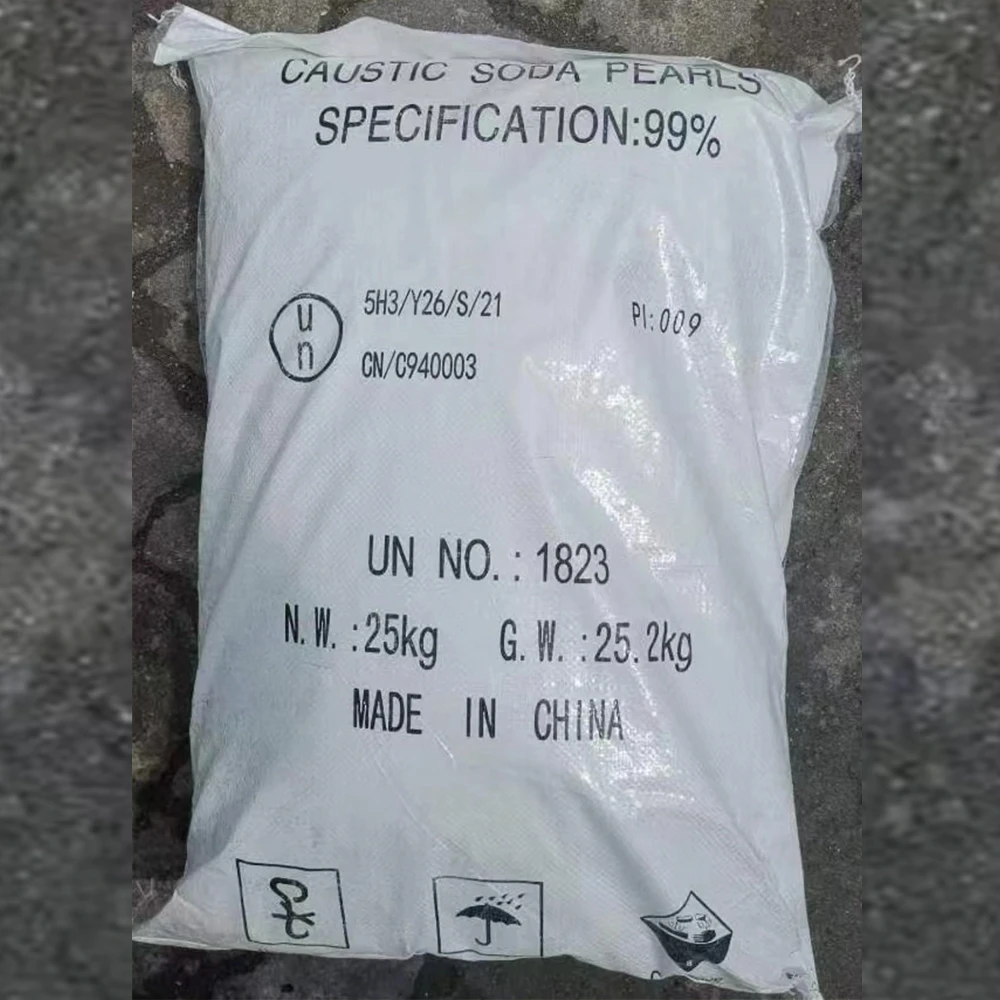



Methods for Physically Treating Wastewater in Environmental Management
Physical Treatment of Wastewater An Overview
Water is one of the most essential resources on the planet, and the increasing demands on this vital resource have made wastewater management a critical issue. The physical treatment of wastewater is a fundamental aspect of environmental engineering that aims to remove contaminants from water in a manner that preserves its quality for reuse or safe discharge back into the environment. This article will explore the principles, processes, and importance of physical treatment methods in wastewater management.
Principles of Physical Treatment
Physical treatment of wastewater primarily focuses on the separation and removal of solid particles and other impurities without altering the chemical composition of the contaminants. This method relies on physical processes such as sedimentation, flotation, and filtration. Unlike biological or chemical treatment methods, physical treatment does not involve biochemical reactions or chemical additions, making it particularly advantageous in certain contexts.
Key Processes of Physical Treatment
1. Sedimentation One of the most widely used physical treatment methods, sedimentation involves allowing suspended solids to settle at the bottom of a treatment tank due to gravity. This process is commonly employed in primary treatment phases, where heavier particles, such as sand, grit, and organic matter, are removed. Sedimentation tanks are designed to provide adequate detention time for particles to settle efficiently.
2. Flotation This method is used to remove lighter particles, such as fats, oils, and greases, from wastewater. Flotation works by introducing fine air bubbles into the wastewater, which attach to the lighter particles, causing them to float to the surface. The floating material can then be skimmed off for further treatment or disposal. This process is particularly beneficial for industries that generate effluents rich in fats and oils.
3. Filtration Filtration involves the passage of wastewater through a porous medium, such as sand, gravel, or a synthetic filter. This process removes particulate matter and some microorganisms, depending on the size of the filter pores. Filtration systems can be either gravity-driven or pressure-driven and are often utilized as a tertiary treatment step to improve effluent quality before discharge.
4. Screening Screening is often the first physical treatment step in a wastewater treatment process. It involves passing wastewater through screens to capture large solids such as plastic, debris, and rags. This pre-treatment is crucial to protect subsequent treatment processes from damage and to enhance efficiency.
physical treatment of waste water

Importance of Physical Treatment
The significance of physical treatment in wastewater management cannot be overstated. First and foremost, it serves as a crucial preliminary step in the wastewater treatment process, allowing for the reduction of the organic and solid load before more advanced biological or chemical treatments are applied. This not only enhances the efficiency of subsequent treatment stages but also reduces operational costs.
Moreover, physical treatment processes are essential for industries that discharge high-strength waste effluents, such as food processing, textiles, and petrochemicals. By effectively removing suspended solids and contaminants, these processes help industries meet regulatory discharge standards and reduce their environmental impact.
Another key benefit of physical treatment is its relatively straightforward implementation. Many physical treatment processes require less complex technology and lower energy consumption compared to biological and chemical methods. This simplicity can be advantageous in regions with limited access to advanced treatment technology or where budgetary constraints exist.
Challenges and Considerations
Despite the advantages, physical treatment of wastewater also presents challenges. For instance, sedimentation tanks require significant space, and their efficiency can be influenced by factors such as flow rates and the nature of the solids. Additionally, while physical treatment is effective in removing suspended solids, it often does not address dissolved contaminants or nutrients such as nitrogen and phosphorus, which may require subsequent biological or chemical treatment methods.
Conclusion
In summary, the physical treatment of wastewater plays a vital role in maintaining water quality and safeguarding the environment. Through processes such as sedimentation, flotation, filtration, and screening, physical treatment effectively reduces the concentration of suspended solids and prepares wastewater for further treatment steps. As global water scarcity and pollution challenges continue to grow, the importance of efficient wastewater management strategies—including robust physical treatment processes—will remain paramount in ensuring sustainable water resource management for future generations.
-
Why Sodium Persulfate Is Everywhere NowNewsJul.07,2025
-
Why Polyacrylamide Is in High DemandNewsJul.07,2025
-
Understanding Paint Chemicals and Their ApplicationsNewsJul.07,2025
-
Smart Use Of Mining ChemicalsNewsJul.07,2025
-
Practical Uses of Potassium MonopersulfateNewsJul.07,2025
-
Agrochemicals In Real FarmingNewsJul.07,2025
-
Sodium Chlorite Hot UsesNewsJul.01,2025










